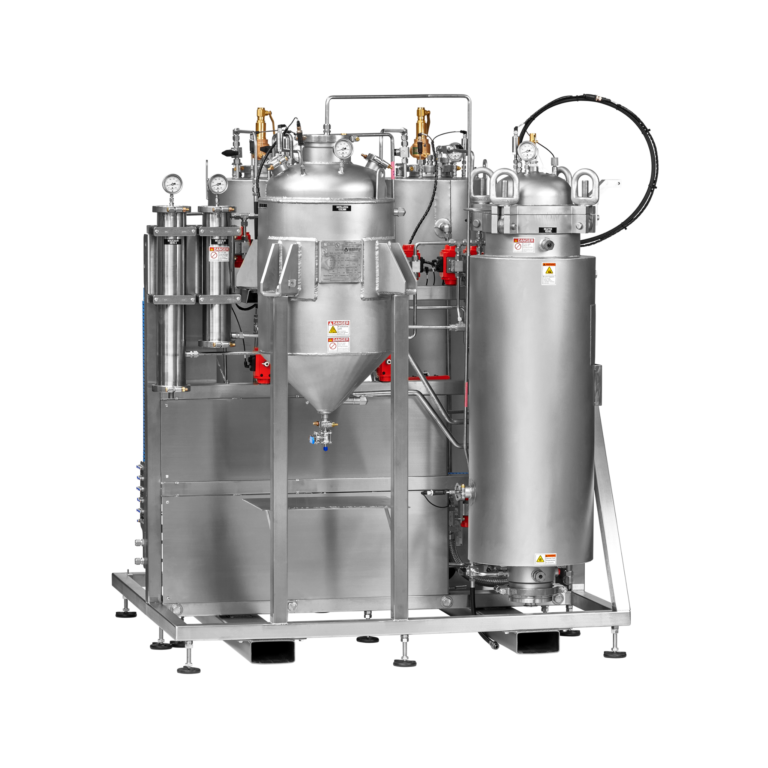Understanding the Technology Used in Night Vision Goggles
Night vision goggles (NVGs) are specialized optical devices designed to enhance visibility in low-light and nighttime conditions. These goggles utilize advanced technology to amplify available light or detect thermal radiation, enabling users to see clearly in darkness.
The key technologies used in night vision goggles include:
Image Intensification
Image intensification is the most common technology used in traditional night vision goggles. These devices amplify available light, such as moonlight or starlight, to create a visible image. Image intensification tubes consist of several components, including a photocathode that converts incoming photons into electrons, an amplification stage to multiply the number of electrons, and a phosphor screen that converts the amplified electrons back into visible light. This process results in a green-hued image that is visible through the goggles.
Infrared Illumination
Night vision goggles by www.defendandcarry.com can also incorporate infrared (IR) illumination technology. Infrared light is outside the visible spectrum for humans but can be detected by the goggles. Goggles equipped with IR illuminators emit infrared light, which is then reflected off objects and surfaces, allowing the goggles to capture an image. This is particularly useful in situations where there is no natural ambient light.
Thermal Imaging
Some advanced night vision goggles utilize thermal imaging technology. Thermal imaging detects the heat emitted by objects and converts it into a visible image. Unlike image intensification, thermal imaging does not rely on ambient light. Instead, it provides a clear image of temperature differences, making it effective for detecting hidden objects, living beings, and hotspots in complete darkness or adverse weather conditions.
Microbolometer Sensors
Thermal imaging night vision goggles often employ microbolometer sensors. These sensors detect infrared radiation by measuring the changes in resistance caused by temperature variations. Microbolometer sensors are more sensitive and versatile than traditional image intensification tubes, allowing for accurate thermal imaging.
Digital Image Processing
Modern night vision goggles may incorporate digital image processing techniques to enhance image quality and reduce noise. Digital processing can improve contrast, sharpness, and detail in the image, making it easier for users to identify objects and features.
Power Source and Optics
Night vision goggles require a power source, typically in the form of batteries. Advanced designs aim to maximize battery efficiency to extend the device’s operational time. Optics, such as lenses and ocular components, are crucial for focusing and magnifying the image captured by the technology.
Ergonomics and Display
The design and ergonomics of night vision goggles are essential for comfortable use. Goggles may include adjustable head straps, padding, and lightweight materials. Some models also incorporate digital displays or monocle-style optics for viewing.
Conclusion
In summary, night vision goggles combine various technologies to enable users to see in low-light and nighttime conditions. Whether through image intensification, infrared illumination, or thermal imaging, these goggles provide essential tools for military, law enforcement, search and rescue, and various other applications where visibility in the dark is essential. As technology continues to advance, night vision goggles will likely become even more sophisticated, offering improved image quality, better battery life, and enhanced user experiences.



